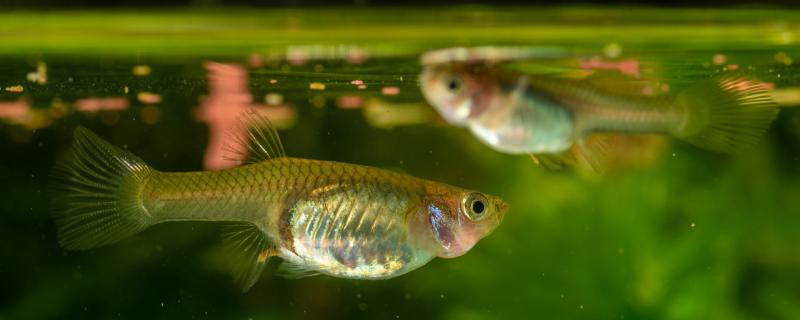 1. The difference between Mary fish and Mary ball fish
1. The difference between Mary fish and Mary ball fish Mary fish and Mary ball fish belong to the same species, and Mary ball fish is a new variety of Mary fish obtained by artificial cultivation and improvement. The biggest difference between Mary fish and Mary ball fish is their size. Mary ball fish, like their name, looks round and like a ball. Mary fish is too big and its body lines are relatively smooth. Their dorsal fins are tall and straight, and they look more powerful. In addition to their appearance, Mary fish and Mary ball fish have different requirements for the environment. Mary fish like to live in water temperature between 22-28 ℃. They are omnivorous fish and like to eat some algae. Mary ball fish like to live in water temperature between 28-30 ℃, and they prefer some live bait or animal feed.
2. How to raise Mary fish1. Water temperature: Mary fish does not require high water temperature and has strong adaptability. Breeders can keep the water temperature between 22-28 ℃, and it is best to install a heating rod to keep the water temperature constant.
2. Water quality: Mary fish likes weakly alkaline water, and breeders need to keep the PH value between 7.2 and 7.4. Usually, it takes 5-7 days to change water, and the amount of water change each time is controlled at one third of the total water volume.
3. Feeding: Mary fish has a miscellaneous diet, so breeders can feed them more aquatic plants, algae, moss, water fleas, water earthworms and other foods. You can also feed some red worms, fish worms, synthetic feeds and other foods.